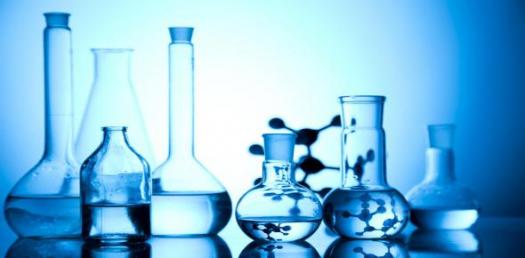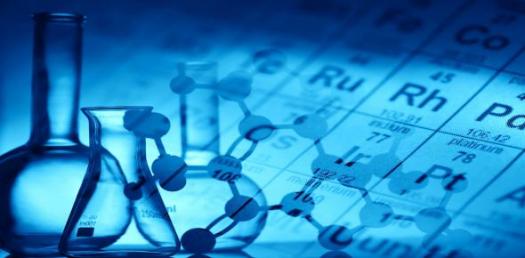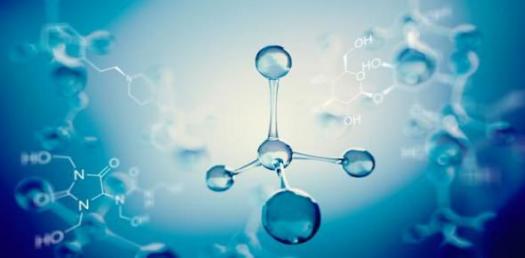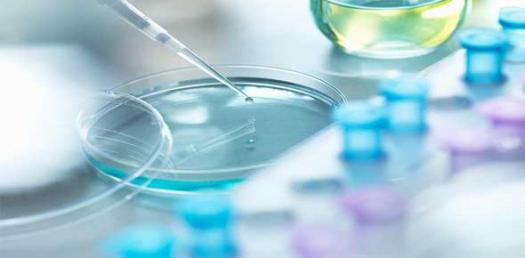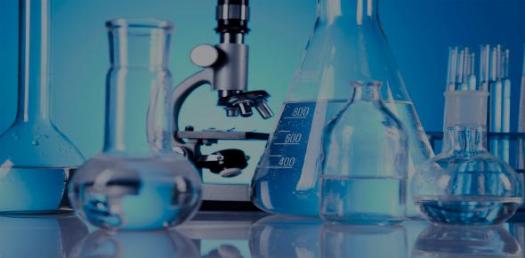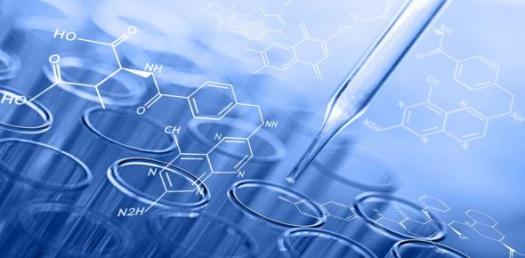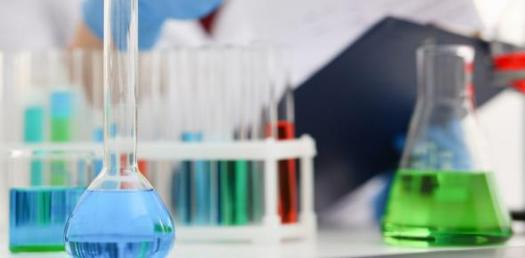Basic Concepts Of Chemical Kinetics! Trivia Quiz

Chemical reactions occur on substances through a lot of ways which vary according to the conditions provided for the reactants. However, Chemical Kinetics is the rate at which the reactions occur to give products. Substances which alter the rate of chemical reactions are used and are recognised to be catalysts.
- 1.
What is the function of a catalyst in a reaction?
- A.
It increases the activation energy
- B.
Slowing down the rate of chemical reactions
- C.
Speeding up the rate of chemical reactions
- D.
It provides reactants
Correct Answer
C. Speeding up the rate of chemical reactionsExplanation
A catalyst is a substance that increases the rate of a chemical reaction by lowering the activation energy required for the reaction to occur. It does this by providing an alternative pathway with a lower energy barrier for the reaction to proceed. This allows the reaction to occur more quickly and efficiently, without being consumed or permanently altered in the process. Therefore, the correct answer is "Speeding up the rate of chemical reactions".Rate this question:
-
- 2.
Which of these is not an equipment used in the laboratory?
- A.
Conical flask
- B.
Pipette
- C.
Theodolite
- D.
Thermometer
Correct Answer
C. TheodoliteExplanation
Theodolite is not an equipment used in the laboratory. A theodolite is a surveying instrument used for measuring horizontal and vertical angles. It is primarily used in land surveying and engineering projects, not in laboratory settings. On the other hand, conical flask, pipette, and thermometer are commonly used laboratory equipment for various scientific experiments and measurements.Rate this question:
-
- 3.
Which of these is odd?
- A.
Temperature
- B.
Pressure
- C.
Concentration
- D.
Heat
Correct Answer
D. HeatExplanation
Heat is the odd one out because it is not a measurable quantity like temperature, pressure, and concentration. Heat is a form of energy transfer, while the other options are physical properties that can be measured.Rate this question:
-
- 4.
Which of these is not reactive?
- A.
Oxygen
- B.
Sodium
- C.
Neon
- D.
Calcium
Correct Answer
C. NeonExplanation
Neon is not reactive because it is a noble gas, meaning it has a full outer electron shell and is therefore stable. Noble gases tend to be unreactive because they have little tendency to gain or lose electrons. Oxygen, sodium, and calcium, on the other hand, are all reactive. Oxygen is highly reactive and readily forms compounds with other elements, sodium is a highly reactive metal that easily loses its outer electron, and calcium is a reactive alkaline earth metal that readily forms compounds.Rate this question:
-
- 5.
Which of these can measure the concentration of reactants?
- A.
Photometry
- B.
Stochiometry
- C.
Spectrophotometry
- D.
Histochemistry
Correct Answer
C. SpectrophotometryExplanation
Spectrophotometry is the measurement of how much light is absorbed or transmitted by a substance at different wavelengths. It is commonly used to measure the concentration of reactants in a solution by analyzing the amount of light absorbed by the reactants. By comparing the absorbance of the sample to a standard curve, the concentration of the reactants can be determined accurately. Therefore, spectrophotometry is the correct answer as it is specifically designed for measuring the concentration of reactants.Rate this question:
-
- 6.
Which of type of reaction does equilibrium occur?
- A.
Reversible reaction
- B.
Exothermic reaction
- C.
Endothermic reaction
- D.
Catalytic reaction
Correct Answer
A. Reversible reactionExplanation
Equilibrium occurs in a reversible reaction. In a reversible reaction, the reactants can form products, and the products can also react to form the original reactants. This means that the reaction can proceed in both the forward and reverse directions. When the rates of the forward and reverse reactions become equal, the system is said to be at equilibrium. At equilibrium, the concentrations of the reactants and products remain constant over time, although the reactions continue to occur.Rate this question:
-
- 7.
Which of these describes enzymes?
- A.
Vitamin
- B.
Fats
- C.
Protein
- D.
Carbohydrates
Correct Answer
C. ProteinExplanation
Enzymes are proteins that act as catalysts in biological reactions. They speed up chemical reactions by lowering the activation energy required for the reaction to occur. Enzymes are essential for various physiological processes in the body, including digestion, metabolism, and DNA replication. They are made up of chains of amino acids and have specific shapes that allow them to bind to specific substrates and convert them into products. Therefore, the correct answer is protein.Rate this question:
-
- 8.
Which of these affects the rate of chemical reactions in solids?
- A.
Surface area
- B.
Density
- C.
Weight
- D.
Velocity
Correct Answer
A. Surface areaExplanation
The rate of chemical reactions in solids is affected by the surface area. Increasing the surface area of a solid increases the number of exposed particles, which allows for more frequent collisions with other reactant particles. This leads to a higher reaction rate as there are more opportunities for successful collisions and the formation of products. Conversely, decreasing the surface area reduces the number of exposed particles and therefore decreases the reaction rate.Rate this question:
-
- 9.
What is the function of a catalyst?
- A.
Alter the rate of chemical reactions
- B.
It increases activation energy
- C.
It works only on reversible reaction
- D.
It increases the number of products
Correct Answer
A. Alter the rate of chemical reactionsExplanation
A catalyst is a substance that alters the rate of a chemical reaction without being consumed in the process. It does this by providing an alternative pathway with lower activation energy for the reaction to occur. This allows the reaction to proceed more quickly and efficiently. Therefore, the function of a catalyst is to alter the rate of chemical reactions.Rate this question:
-
- 10.
Which of these is odd to solids?
- A.
Temperature
- B.
Pressure
- C.
Concentration
- D.
Surface area
Correct Answer
B. PressureExplanation
Pressure is odd to solids because temperature, concentration, and surface area are all properties that can be directly related to solids. Temperature can affect the state of a solid (e.g., melting or freezing), concentration can refer to the amount of a substance in a solid, and surface area can impact the rate of reactions on the solid's surface. However, pressure is not typically considered a property of solids, as it is more commonly associated with gases and fluids.Rate this question:
-
Quiz Review Timeline +
Our quizzes are rigorously reviewed, monitored and continuously updated by our expert board to maintain accuracy, relevance, and timeliness.
-
Current Version
-
Mar 17, 2023Quiz Edited by
ProProfs Editorial Team -
Jun 17, 2019Quiz Created by
Gregorynaomi
 Back to top
Back to top




